Biomolecules
CARBOHYDRATES
-
General Formula: The general formula for carbohydrates is $C_z(H_2 O)_y$.
(a) On the basis of Physical Characteristics:
- Sugar
- Non-sugars
(b) On the basis of Hydrolysis:
- Monosaccharides
- Oligosaccharides
- Disaccharides: $C_{12}H_{22}O_{11}$
- Example: Sucrose: $C_{12}H_{22}O_{11} + H_2O \xrightarrow[\text {or } H^+]{\text {Invertase}} C_6H_{12}O_6 + C_6H_{12}O_6$
- Trisaccharides: Raffinose $C_{18}H_{32}O_{16}$
- Example: $C_{18}H_{32}O_{16} + 2H_2O \rightarrow C_6H_{12}O_6 + C_6H_{12}O_6 + C_6H_{12}O_6$
- Polysaccharides
- [C6H10O5]n + nH2O $\rightarrow$ nC6H12O6
(c) On basis of test with reagents (like Benedict’s solution, Tollen’s reagent and Fehling’s solution):
| Oxidizing Reagent | Benedict’s Solution | Fehling’s Solution | Tollen’s Reagent |
|---|---|---|---|
| Composition | Copper sulfate in alkaline citrate | Copper sulfate in alkaline tartrate | Silver nitrate in aqueous ammonia |
| Non-reducing sugar | Deep blue | Deep blue | Colorless |
| Color after reaction with reducing sugar | Brick red precipitate $Cu_2O$(s) | Brick red precipitate$Cu_2O$(s) | Silver mirror forms Ag(s) |
| Species being reduced (the oxidant) | Cu2+ | Cu2+ | Ag+ |
| Species being reduced | Cu2+ + e- → Cu+ | Cu2+ + e- → Cu+ | Ag+ + e- → Ag(s) |
| Species being oxidized (the reductant) | Reducing sugar oxidized to carboxylate | Reducing sugar oxidized to carboxylate | Reducing sugar oxidized to carboxylate |
Classification Of Aldols
.png)
Epimers
Epimers are essentially diastereomers that contain multiple chiral centers that are absolutely separate from each other in configuration at only one chiral center.
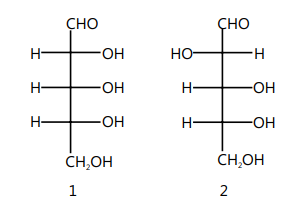
Anomers
Cyclic monosaccharides or glycosides that are epimers, differing from each other in the configuration of C-1 if they are aldoses or of C-2 if they are ketoses are called anomers. The epimeric carbon in such compounds is known as the anomeric carbon or anomeric center.
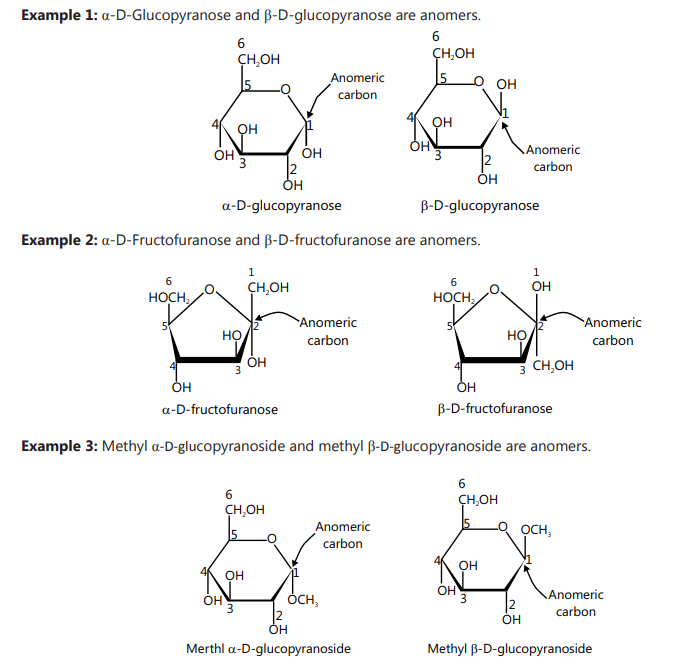
Mutarotation
Mutarotation is commonly used in carbohydrate chemistry to describe the change in specific rotation of a chiral compound due to epimerization. For example, the monosaccharide D-glucose can be found in two cyclic forms, α-D-glucose ([α]D25 = +112) and β-D-glucose ([α]D25 = +18.7), which are epimers and are available as pure compounds.
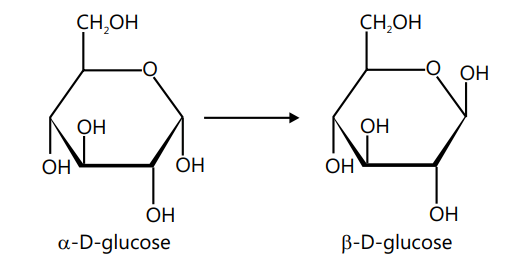
Representation of Structures of Glucose and Fructose
- Open chain structures (Fischer projection): D symbolizes the comparative configuration of C-5 -OH group with relation to D-glyceraldehyde, which these are prepared from. Here, (+) and (–) refer to optical rotation. Naturally, D-glucose is (+) or dextrorotatory but D-fructose is (–) or laevorotatory.
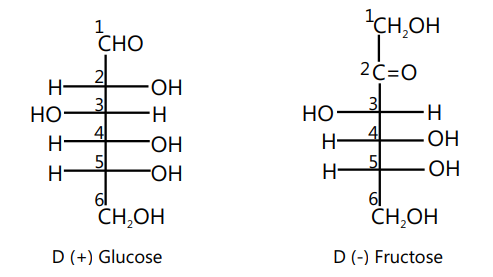
- Cyclic Structures Of Glucose:
- -CHO reaction with C-5 -OH group produces two anomeric glucose: In such a case, a six-membered ring, pyranose, is formed.
- Haworth representation
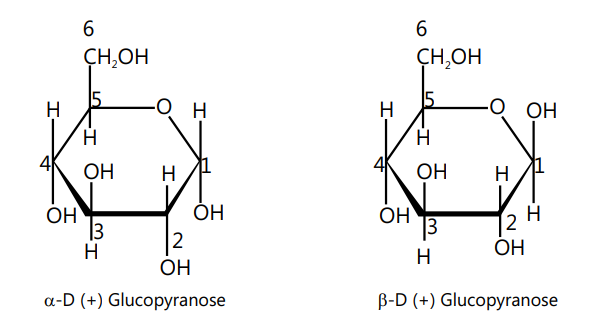
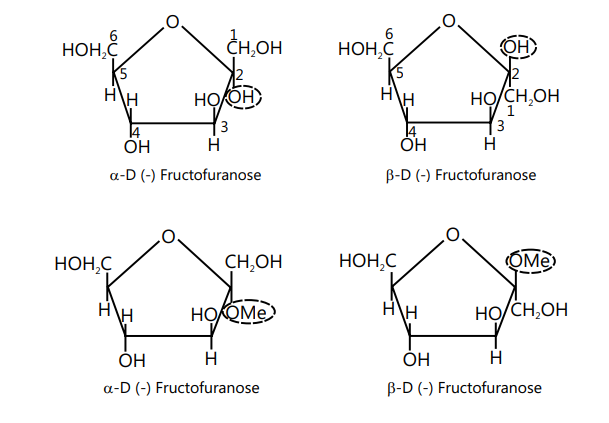
- Chair-form conformation structures
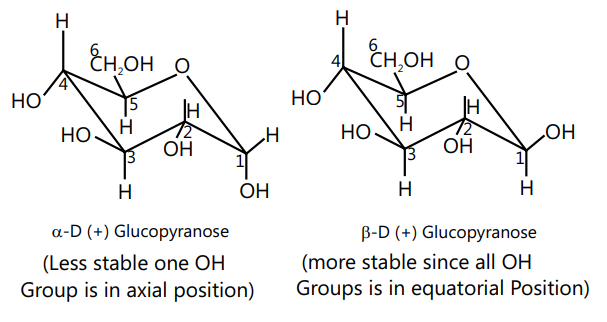
Chemical Reactions:
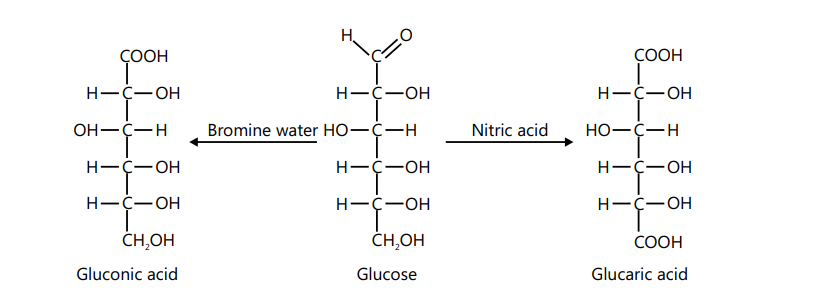
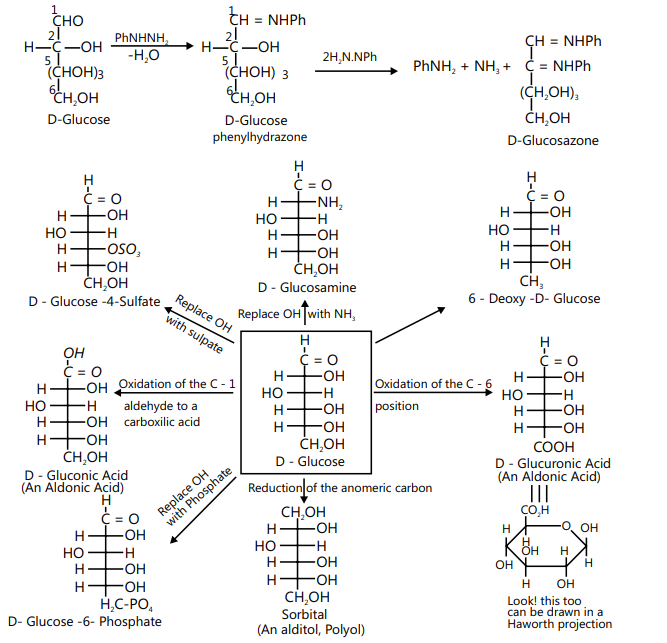
Disaccharides:
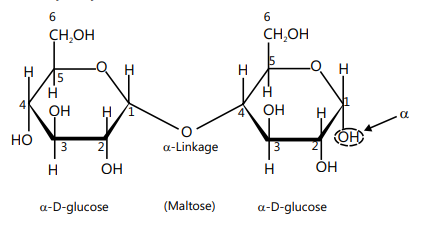
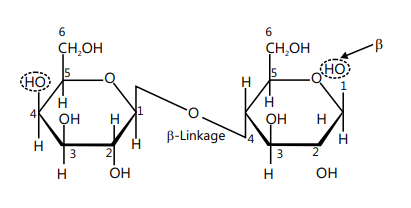
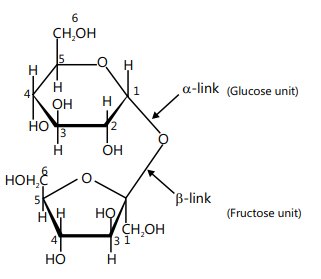
Polysaccharides:
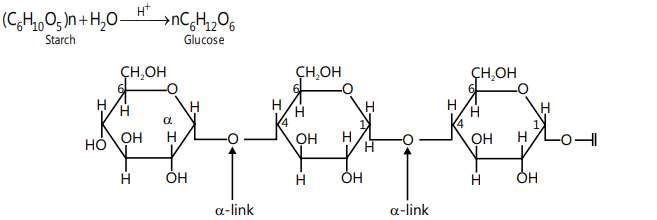
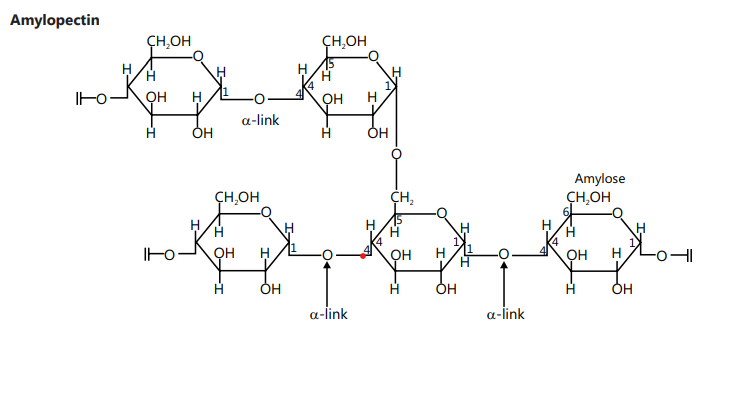
Nucleotide Base
PYQ-2024-Biomolecules-Q1, PYQ-2024-Biomolecules-Q7, PYQ Biomolecules 2023-Q1, PYQ Biomolecules 2023-Q2
Amino Acid
PYQ-2024-Biomolecules-Q8, PYQ-2024-Biomolecules-Q4, PYQ-2024-Biomolecules-Q2, PYQ-2024-Biomolecules-Q6
- α-Amino Acids: Carboxylic acids in which one α-hydrogen atoms of alkyl group is substituted by amino (–NH2)group are called α-Amino acids.
Denaturation of Protien
Protein found in a biological system with a unique three-dimensional structure and biological activity is called a native protein. When a protein in its native form, is subjected to physical change like change in temperature or chemical change like change in pH, the hydrogen bonds are disturbed. Due to this, globules unfold and helix get uncoiled and protein loses its biological activity. This is called denaturation of protein. During denaturation secondary and tertiary structures are destroyed but primary structure remains intact. The coagulation of egg white on boiling is a common example of denaturation. Another example is curdling of milk which is caused due to the formation of lactic acid by the bacteria present in milk.
Structure Of α-amino acids: The reaction between two molecules of similar or different amino acids, proceeds through the combination of the amino group of one molecule with the carboxyl group of the other. This results in the elimination of a water molecule and formation of a peptide bond –CO–NH–. The product of the reaction is called a dipeptide because it is made up of two amino acids.
Phosphodiester Linkage
zwitter ion
The amino acids containing one carboxylic group and one amino group behave like a neutral molecule. This is because in aqueous solutions the acidic carboxylic group and basic amino group neutralize each other intramolecularly to produce an internal salt structure known as zwitter ion or dipolar ions.
However, the neutral zwitter ion (dipolar ions) changes to cation in acidic solution and exist as anion in alkaline medium. Thus amino acids exhibit amphoteric character.
Therefore, amino acid exists as zwitter ion when the solution is neutral or pH-7. The pH at which the structure of an amino acid has no net charge is called its isoelectric point.


Vitamins
PYQ-2024-Biomolecules-Q13, PYQ-2024-Biomolecules-Q5
Nucleic Acid
Nucleus of a living cell is responsible for this transmission of inherent characters, also called heredity. The particles in nucleus of the cell, responsible for heredity, are called chromosomes which are made up of proteins and another type of biomolecules called nucleic acids. These are mainly of two types, the deoxyribonucleic acid (DNA) and ribonucleic acid (RNA). Since nucleic acids are long chain polymers of nucleotides, so they are also called polynucleotides.






